Genetic Engineering in Agriculture
Introduction
Genetic engineering in agriculture refers to the application of biotechnology to modify the genetic makeup of plants and animals used in agriculture. This technology is used to enhance the productivity, nutritional value, and resistance of crops and livestock to diseases and environmental stress 1(https://www.nature.com/articles/s41598-018-21284-2). Genetic engineering is a subset of the broader field of agricultural biotechnology, which also includes traditional breeding techniques and more recent developments such as marker-assisted selection and genomic selection 2(https://www.sciencedirect.com/science/article/pii/S0168945219308082).
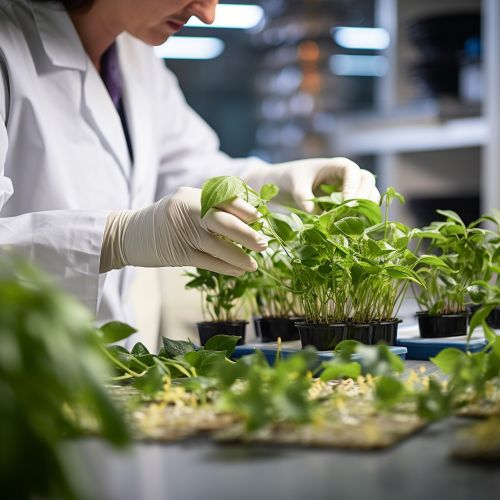
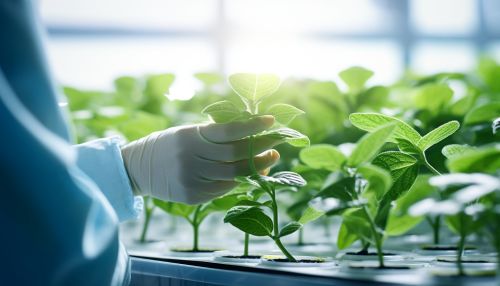
History and Development
The history of genetic engineering in agriculture can be traced back to the 1970s, when scientists first developed the ability to manipulate the DNA of living organisms 3(https://www.jstor.org/stable/2413902). The first genetically engineered (GE) crop, a variety of tobacco resistant to antibiotics, was produced in 1983 4(https://www.nature.com/articles/nbt1200_1466). Since then, the use of genetic engineering in agriculture has expanded rapidly, with the development of a wide range of GE crops and livestock.
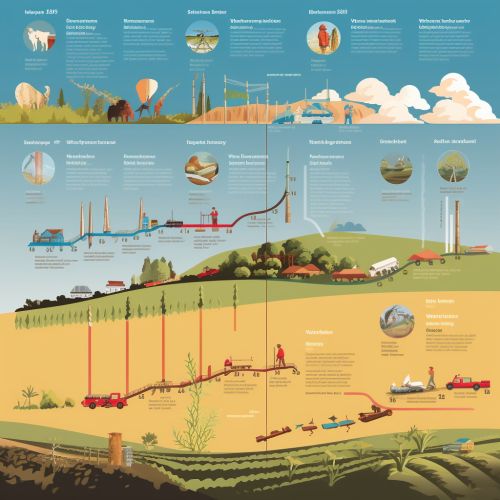
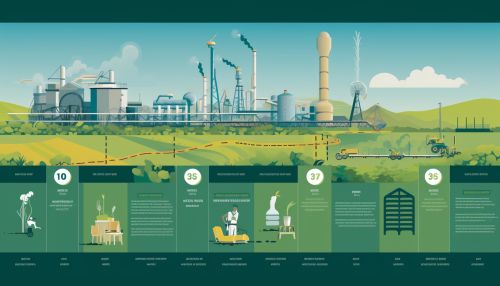
Techniques in Genetic Engineering
There are several techniques used in genetic engineering, including recombinant DNA technology, gene editing, and transgenesis 5(https://www.ncbi.nlm.nih.gov/pmc/articles/PMC5570482/). Recombinant DNA technology involves the insertion of foreign DNA into the genome of an organism, while gene editing techniques such as CRISPR-Cas9 allow for precise modifications to an organism's genetic code 6(https://www.nature.com/articles/nbt.4060). Transgenesis involves the transfer of genes from one species to another, allowing for the introduction of new traits into a species 7(https://www.sciencedirect.com/science/article/pii/S0168945219308082).

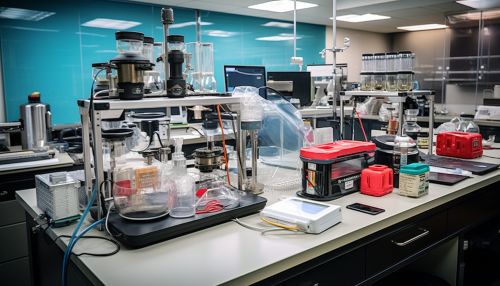
Applications of Genetic Engineering in Agriculture
Genetic engineering has been applied in various ways in agriculture, including the development of crops with increased yield, enhanced nutritional content, and improved resistance to pests and diseases 8(https://www.nature.com/articles/s41598-018-21284-2). It has also been used to produce livestock with desirable traits such as increased growth rate and resistance to diseases 9(https://www.sciencedirect.com/science/article/pii/S0168945219308082).
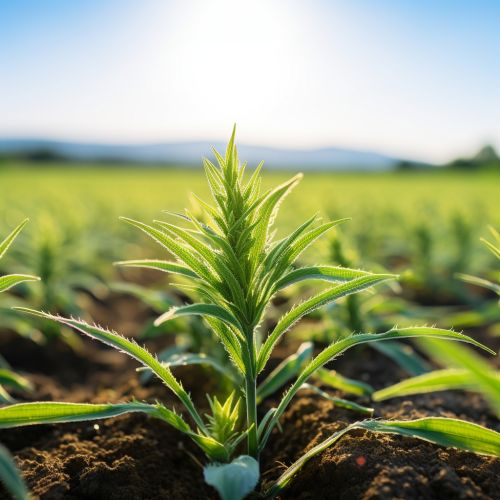

Ethical and Social Considerations
The use of genetic engineering in agriculture has raised a number of ethical and social issues, including concerns about the potential risks to human health and the environment, the impact on biodiversity, and the social and economic implications for farmers and consumers 10(https://www.jstor.org/stable/2413902). These concerns have led to ongoing debates about the regulation and labeling of genetically engineered foods 11(https://www.ncbi.nlm.nih.gov/pmc/articles/PMC5570482/).


Future Directions
The future of genetic engineering in agriculture is likely to be shaped by advances in technology, changes in regulatory frameworks, and evolving consumer attitudes towards genetically engineered foods 12(https://www.nature.com/articles/nbt.4060). Emerging technologies such as gene editing and synthetic biology have the potential to greatly expand the capabilities of genetic engineering, while changes in regulation and consumer attitudes could either facilitate or hinder the adoption of these technologies 13(https://www.sciencedirect.com/science/article/pii/S0168945219308082).


See Also
References
1. [Nature: "Genetic Engineering for Improving Nutritional Quality of Crops"](https://www.nature.com/articles/s41598-018-21284-2) 2. [ScienceDirect: "Genetic Engineering in Agriculture"](https://www.sciencedirect.com/science/article/pii/S0168945219308082) 3. [JSTOR: "The History of Genetic Engineering"](https://www.jstor.org/stable/2413902) 4. [Nature Biotechnology: "The First Genetically Engineered Crop"](https://www.nature.com/articles/nbt1200_1466) 5. [NCBI: "Techniques in Genetic Engineering"](https://www.ncbi.nlm.nih.gov/pmc/articles/PMC5570482/) 6. [Nature Biotechnology: "Gene Editing and CRISPR-Cas9"](https://www.nature.com/articles/nbt.4060) 7. [ScienceDirect: "Transgenesis in Agriculture"](https://www.sciencedirect.com/science/article/pii/S0168945219308082) 8. [Nature: "Applications of Genetic Engineering in Agriculture"](https://www.nature.com/articles/s41598-018-21284-2) 9. [ScienceDirect: "Genetic Engineering in Livestock Production"](https://www.sciencedirect.com/science/article/pii/S0168945219308082) 10. [JSTOR: "Ethical and Social Considerations in Genetic Engineering"](https://www.jstor.org/stable/2413902) 11. [NCBI: "Regulation and Labeling of Genetically Engineered Foods"](https://www.ncbi.nlm.nih.gov/pmc/articles/PMC5570482/) 12. [Nature Biotechnology: "The Future of Genetic Engineering"](https://www.nature.com/articles/nbt.4060) 13. [ScienceDirect: "Emerging Technologies in Genetic Engineering"](https://www.sciencedirect.com/science/article/pii/S0168945219308082)
